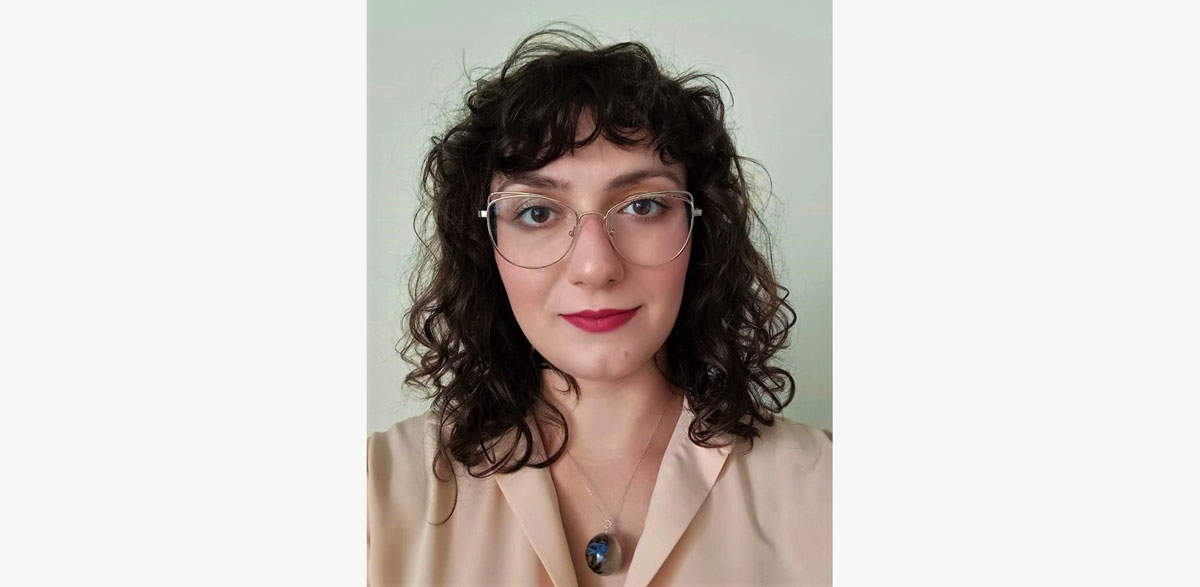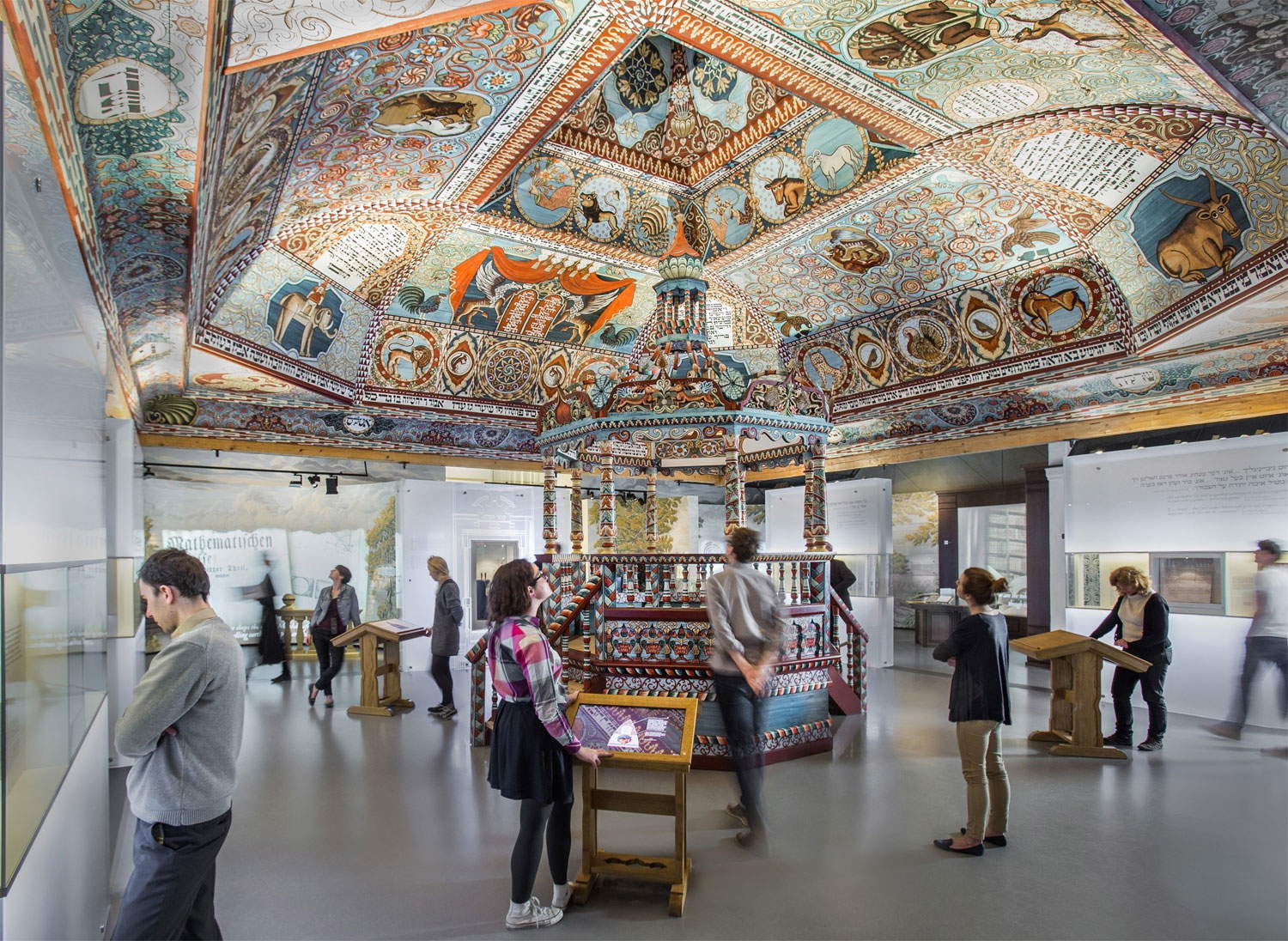After the initial pandemic period in which all museums jumped headlong into digital working by the day, there followed a time when content was better measured and planned. Now, however, with the return to openness in presence, the risk is that we are paying less attention to digital. How has digital presence evolved in museums throughout the course of the pandemic to date? What participatory practices have been activated in this year and a half? We talked about this with Marta Kopiniak, a doctoral student at the University of Wroclaw in Poland, who conducted research on this very topic with reference to Polish museums. The research, entitled Sudden Disturbance: transforming participation in a time of pandemic. The case of Polish museums, will be the focus of a talk on October 18 as part of the MUŻE.X - S - Shaping Museum futures conference , of which Finestre Sull’Arte is a partner. The interview is by Ilaria Baratta.

IB. Why do you talk about “Sudden Disorder” in relation to the transformation of museum attendance in pandemic times?
MK. I think the term “Sudden Disruption” describes the change in museum practice quite well. The changes in the way of working implemented in the early 2020s, however sudden, were not permanent, they were just a disturbance that had a ripple effect on most museum practices. The closure of physical museums meant that most ongoing projects had to be stopped, plus the uncertainty of the future meant that any new projects were also threatened. And all this also applied to participatory projects, which had to be stopped and then reconfigured, while new initiatives had to embrace the online sphere, even if it meant a radical change in the way the museum worked. The new perspectives gained during this period and the new ways of approaching different aspects of museum practice all have an effect on what is happening now and will happen in the future. So the sudden disruption can be understood as a watershed moment that forced museums to rethink many aspects of their activities, even if the disruption was only temporary.
How did participation in Europe change during the pandemic?
Since my main area of interest is Poland, I am not able to offer a deep examination of the particular situation in other countries, but I would say that the most universal thing, of course, is the need to move online, which became particularly important during the various periods of blockades in different countries. How this will work in the long term remains to be seen, as the pandemic is still ongoing. But even if the online sphere will not be used as much in the future (which, moreover, we already see happening in various places), the mere fact that this area has been conquered is significant in my opinion. The world is increasingly virtual, and museums may have to figure out how to fit into it, and the pandemic, paradoxically, may have helped them do so.
In Poland, were museums closed during the pandemic? How did Polish museums respond?
Yes, museums have been closed several times since March 2020, for different periods of time. In terms of how museums reacted to this challenge, at least during the first lockdown that lasted from March to May 2020, museums offered a wide range of activities, information, and materials online. My research on the subject shows that the amount of online activity skyrocketed during this first period. Aside from regular posts with information and “OTD” [ed. note: “On This Day” content] posts, online tours and videos were the most commonly posted content. But as time passed, the indefinite nature of the lockdown diminished, and it became clear that we would continue with this regime of constant openings and closings for a long time, the way we posted became much more thoughtful and it became well recognized that museums were no longer just acting in the moment, but were beginning to incorporate this new reality into their long-term plans. As was to be expected, institutions such as museums cannot afford to work by the day for long periods.
How did the Polish government act with museums in times of pandemic?The government encouraged the relocation of all possible museum activities online, so we return to the flurry of online activities we mentioned earlier, caused (at least in part) by the need to carry out all possible projects. Authorities also initiated aid programs (e.g., Culture in the Web) designed to help institutions and individuals move their activities online. As time went on, restrictions began to change and more and more activities were allowed to take place on-site, inside physical institutes. However, as might be expected, the cultural sector was not high on the priority list when it came to reopening, so museums had to wait a bit longer to reopen than many other fields.
What was the impact on the age of museum audiences during the pandemic? Can you give us some data?
Since I did not focus on the topic with my research, any data would be purely indicative, however this is a really interesting angle of inquiry. Museums, which operate on different social media platforms, have access to data that could shed light on this issue and provide insight into how their online work has changed the demographic profile of their Internet audience.

Were museums in Poland also facilitated by the internet and online events during the pandemic? In relation to this, were young people facilitated in their approach to museums?
As far as Poland is concerned, I am not aware of any research that addresses this issue, although since it is closer to my area of study, I can certainly say that I would expect that the demographic profile is shifting toward a younger segment of the audience precisely because of all the online activity. Especially for museums that have started to explore activity on different new platforms, like TikTok, and moving away from Facebook, which is now perceived as a social for “boomers.” And I think that this organic activity that museums experience with younger online users would create a more beneficial relationship in the long run, because Generation Z would not feel pressured to visit museums on school trips, as is usually the case, but perhaps they might be willing to get involved on their own and according to their own needs.
What participatory practices did Polish museums offer during the pandemic period?
There were several ongoing projects, as well as a couple of new ones that were implemented during the pandemic. Participatory projects have been increasingly popular among museum staff as a way not only to connect with their audiences, but also to include different narratives in their institutions. The most interesting, and the ones I focus on in my paper for the MUŻE.X conference, are the online research project “Collection in Quarantine” and the exhibition created by the Ethnographic Museum in Krakow and the social installation “Here is Muranów” in the POLIN Museum of the History of Polish Jews. These two projects present the most thoughtful processes for including the public in museum practice, as well as showing two very different approaches to pandemic participation projects. The Quarantine Collection was designed specifically with the online sphere in mind, as it involved an online survey and exhibition documenting people’s lives during the pandemic. The social installation “Here is Muranów,” on the other hand, a complementary project to a temporary exhibition of the same name, was deeply based on physical presence in the museum, as it displayed stories and physical objects that described many personal stories of people connected to the Muranow district. In addition to these two, there were several projects such as MAMBA - Little Museum Embassy at the National Museum in Krakow, which allowed children to create their own museum projects, or again a still ongoing project by a group of young curators in the Central Textile Museum in Łódź , which led to the Earth Given(up) exhibition. As you can see, there were many participatory projects that were (or still are) ongoing. As far as I am concerned, in the context of research, what is most important are the differences in approaches to the particular challenges posed by the pandemic, so this is the area I focus on.
What “transformations” are worth maintaining even after the pandemic?
As mentioned, I think it is really important not to abandon the digital side of museum practice. More widespread use of online tools, if used thoughtfully, can really enhance the museum experience. Aside from that I would say that clearer and more open communication with participants, which was needed during the pandemic, can benefit all cultural institutions. Creating a deeper relationship with the public, in my opinion, will allow museums to engage in more meaningful ways both online and offline. The last thing I would say is worth maintaining is the flexibility to adapt to the new pandemic reality. Although it seems counterintuitive for institutions like museums, in which advance planning is at the core of their philosophy, flexibility is critical in interpersonal relationships, and these are crucial in participatory projects.
Warning: the translation into English of the original Italian article was created using automatic tools. We undertake to review all articles, but we do not guarantee the total absence of inaccuracies in the translation due to the program. You can find the original by clicking on the ITA button. If you find any mistake,please contact us.